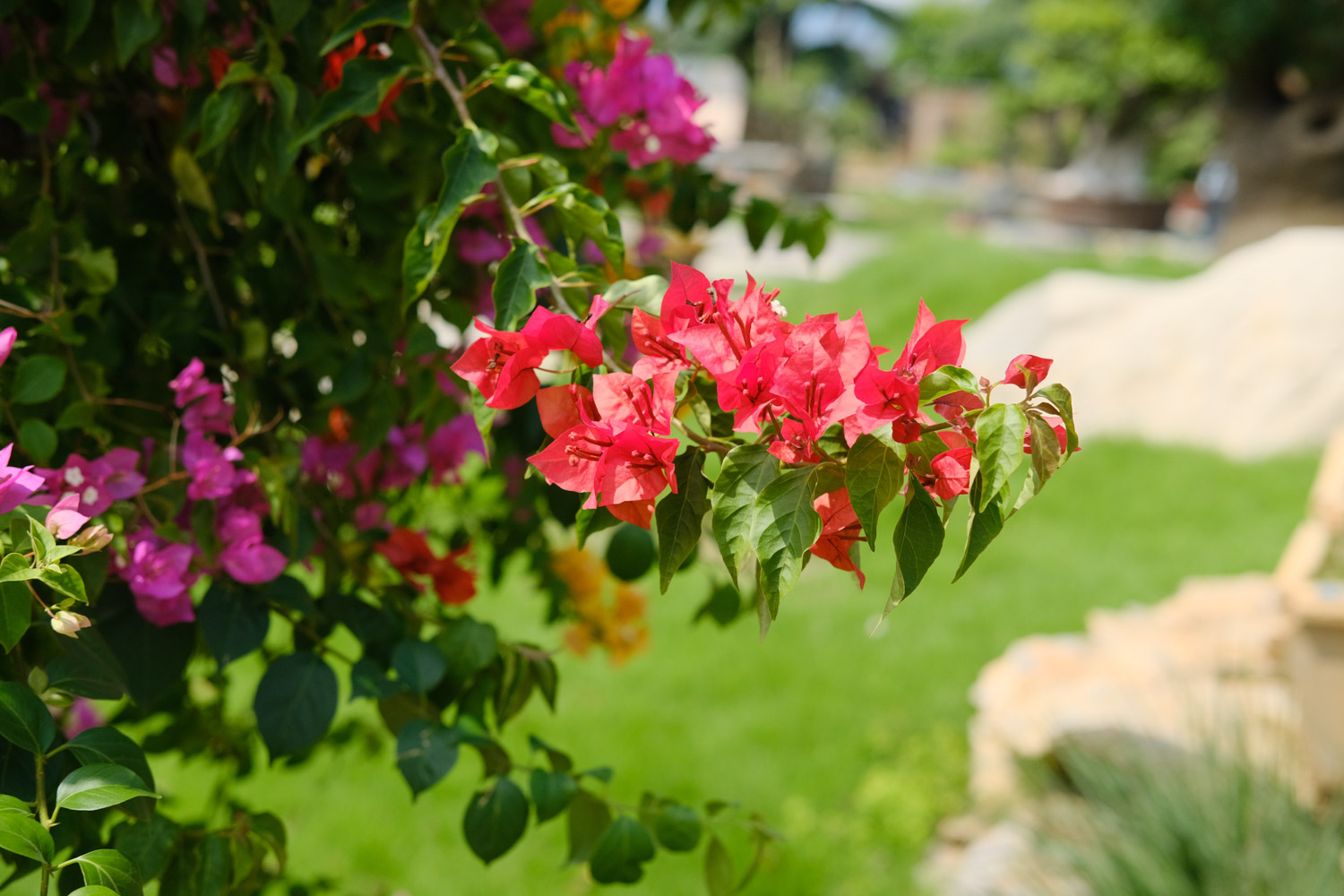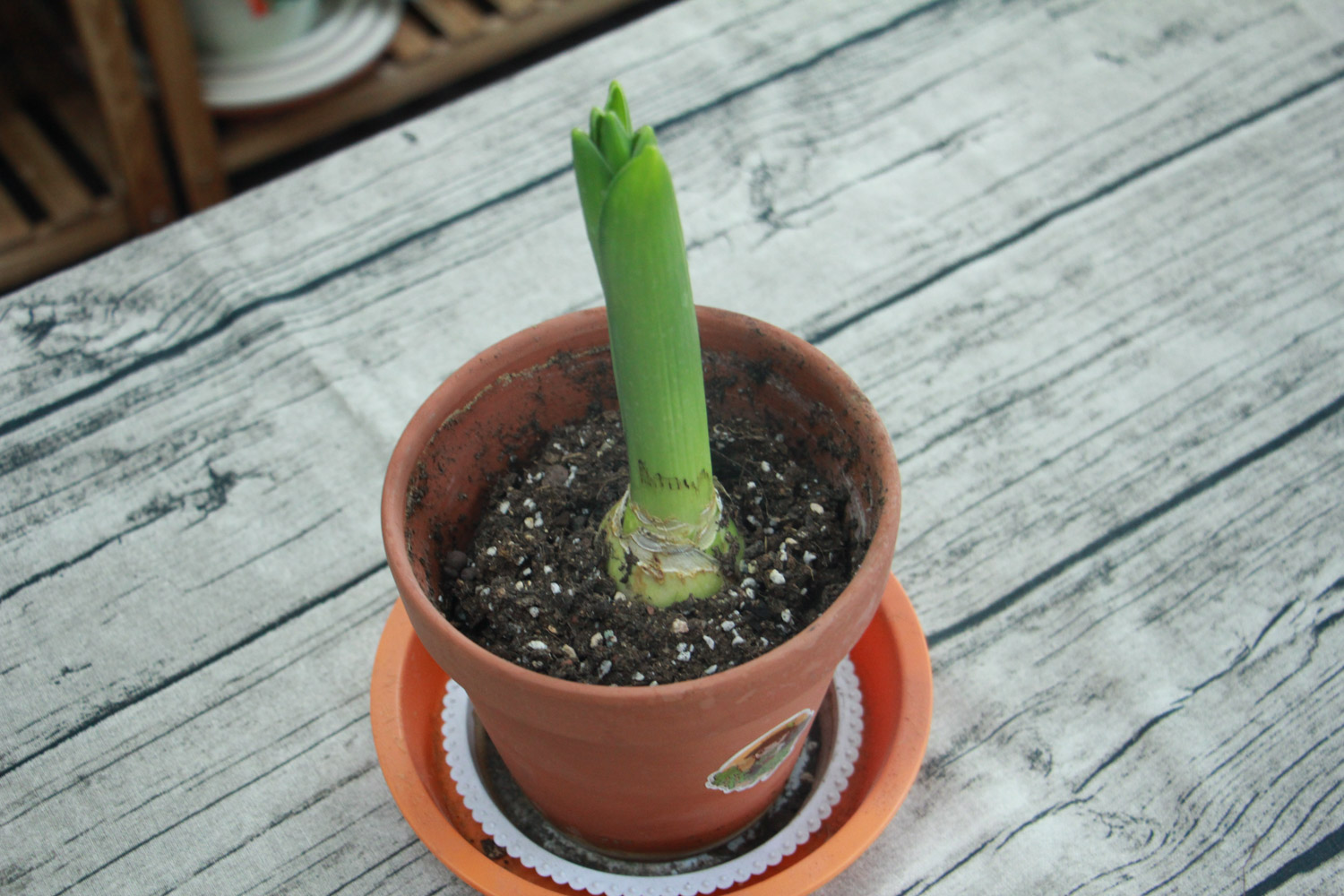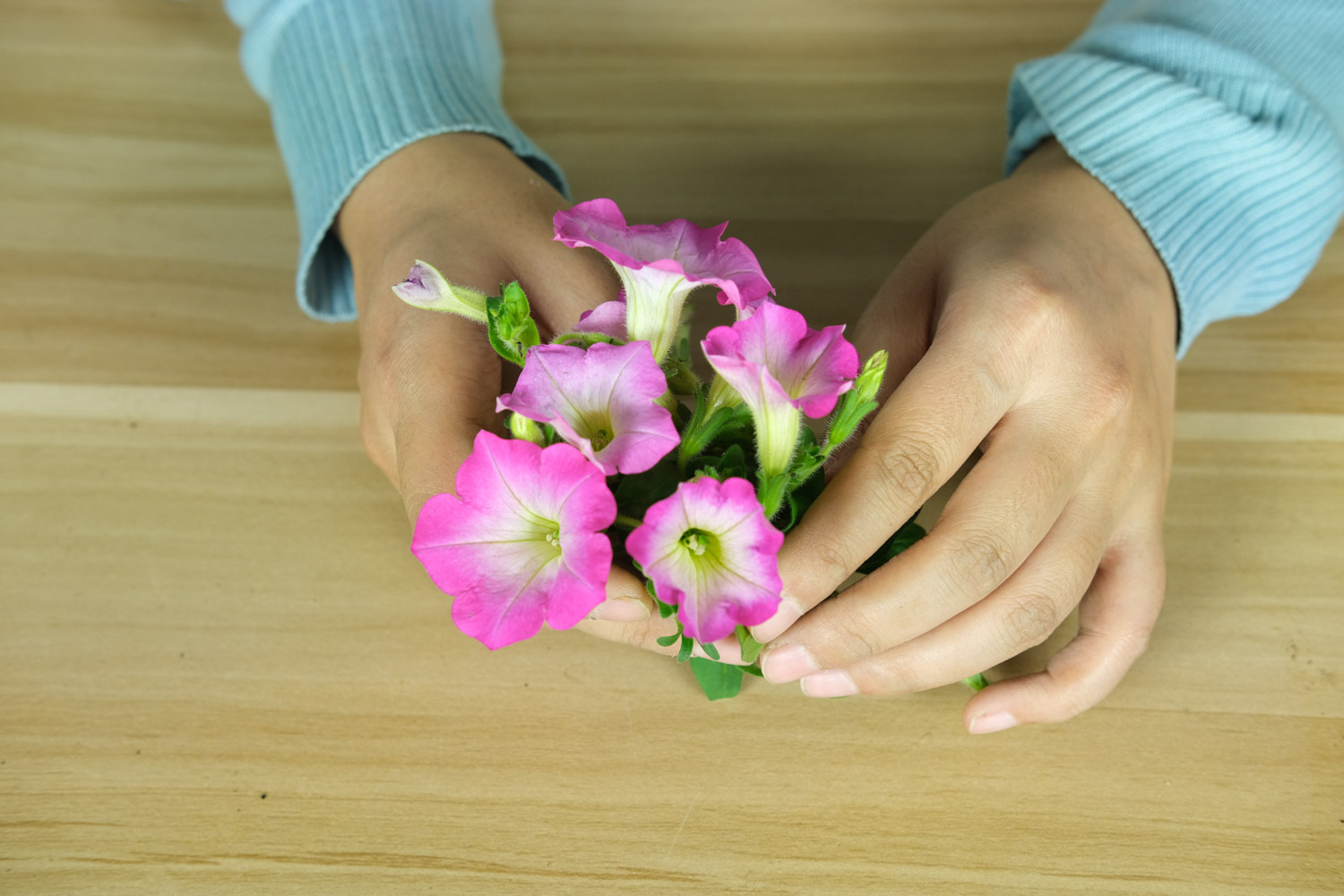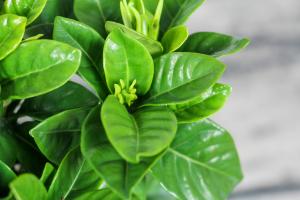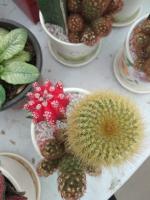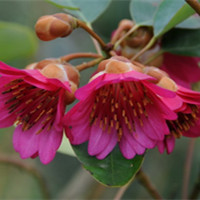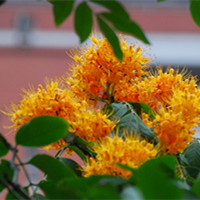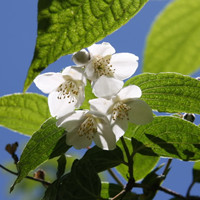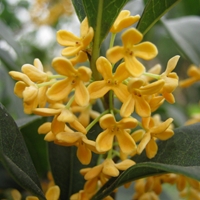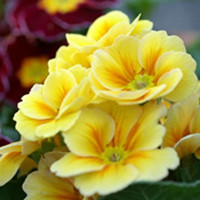Introduction to four seasons primrose
[alias] four seasons Primula, Hubei Primula and crane lotus
[classification] Primulaceae, Primula
[origin] it originated in the west of China and is now widely cultivated.
[habit] like light, but afraid of strong light; Fear of heat; Like acidic and fertile rotten leaf soil
Morphological characteristics of four season primrose
Four season primrose perennial herb with short stem, about 30 cm high, brown. Many fibrous roots. Leaves basal, oblong to ovoid, with long stalks and shallow notches at the edges; The leaf surface is smooth, and the back of the leaf is densely white pilose, often with irritant and toxic secretion. The scape is drawn out from the foliage, with large umbel, funnel-shaped calyx and red corolla. There are many cultivated varieties and bright colors, including white, magenta, purplish red, blue, light red or light purple. The seeds are fine and brown when mature
Varieties of four seasons primrose
The varieties of four seasons primrose include big flower variety, crimson variety and white flower variety, and the cultivated varieties also have double petal varieties. As the same genus of potted plants, common Primula are Tibetan Primula, Primula, multi flower Primula, European Primula, Qiuyuan Primula, etc.
There are more than 450 species of Primula, mainly distributed in the northern hemisphere. About 390 species are produced in China, mainly in the West and southwest, especially in cool and humid areas at low latitudes and high altitudes. Most species have large and colorful flowers
Habits of four seasons primrose
Like cold, cool and wet, avoid hot sun exposure, fat resistant and not cold resistant. The suitable temperature for growth is 13-18 ℃, and sandy loam with high humus content is the most suitable soil. Depending on the temperature, the growth can be completed in 110-140 days
The flowering room temperature of four seasons primrose is 10-15 ℃. It does not need low temperature like other primroses, but the appropriate low temperature can make the plant grow robust and compact, and increase the number of flower branches at the same time. After entering the flowering stage, the concentration of phosphorus and potassium fertilizer should be appropriately increased. Generally, the fertilizer of 15-10-30 200 ppm is used. After flowering, attention should be paid to pruning the withered flower branches to prevent the occurrence of gray mold
Use of four seasons primrose
Four seasons primrose and other kinds of primrose are important indoor potted flowers, which are widely cultivated all over the world. Four seasons primrose is an important potted flower for arranging rooms in winter and spring. It usually blooms from December to next April
It can also be used as cut flowers. The whole plant can be used as medicine to clear away heat and detoxify
It should be noted that the leaf glandular hair of four seasons primrose contains primordine, which is easy to be allergic. Wipe your hands with alcohol before contact and wash with soapy water after contact. It is reported that varieties without sakuraine have been bred abroad


